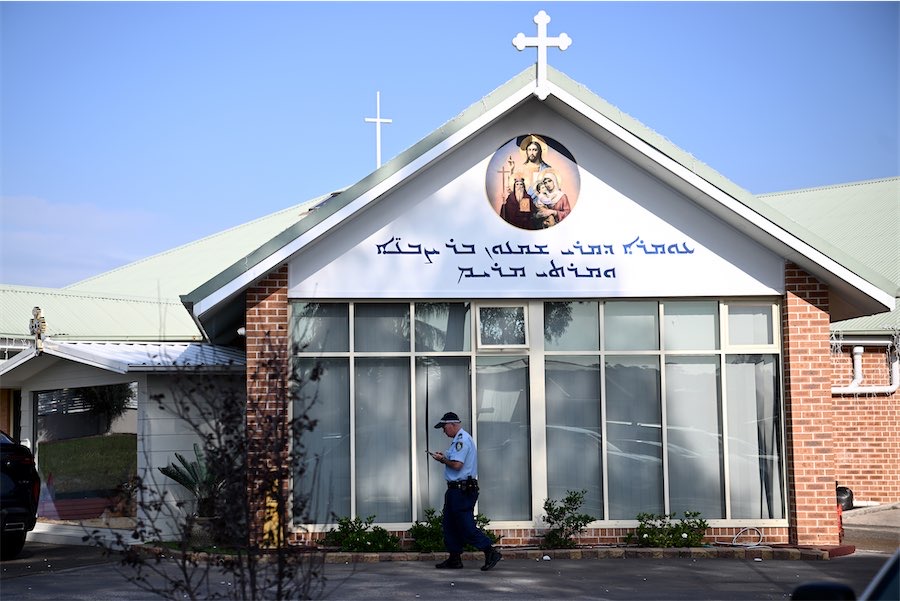
To be sure, festival director Christopher Latham had warned her that the Academy of Science building was designed for voice not music so it was all a bit of a risk, but it proved a risk that paid off.
First, in freezing conditions, the audience had to form a sort of conga line to circumnavigate the building before entering the two concert spaces.
As with previous “Amazing Space” concerts held in the Arboretum, in two J S Murdoch buildings and in the High Court, the concert was preceded by words – many of them.
Cleary explained how architect Roy Grounds had won the contract to design the Academy of Science building because of the way he related it to Canberra, with its “blindingly brilliant natural light” and the hills around which partly inspired the dome shape. Cleary waxed musical in her metaphors, suggesting that Grounds had designed a building full of “intervals, rhythms and cadences”.
There followed a rare reminiscence by Victoria Grounds, the daughter of the architect, who told those assembled of the conservative time at the height of the Menzies era when the presence of brilliant scientists necessitated such a building. Although, in her childhood, when the building was being constructed, Canberra was tagged “six suburbs in search of a city,” it was distinguished by a general optimism, a sense of future.
Seemingly matching the adventurous architecture was the inventiveness of the San Francisco-based performance duo, Paul Dresher and Joel Davel, both playing electronically supported instruments.
Dresher’s was the elongated Quadrachord, a largely aluminium instrument that breaks down for touring. The west coast of the US, he told us, still had a “do-it-yourself tradition” that came from being so far from the centres of cultural authority, and in his view, when playing on such a large-scale instrument, “you move towards architecture”.
“In the Name(less)” proved to be a structured improvisation without notation, in which the Quadrachord was bowed, plucked and sometimes beaten, to gentle percussive effects from Davel that, like the building, evolved into a more fully enveloping experience.
It was time for the audience to move into the centre of the Dome, where ceiling discs floated above us “like a Martian embassy”, as Cleary suggested.

He was right. It was time for sheer enjoyment, as Dresher and Davel were joined by other colleagues including Lisa Moore on piano and Karen Bentley Pollick on violin. Then, emerging from the shadows above us on the rear balcony were ANU School of Music students with faculty members, sax player John Mackey and percussionist Gary France.
Astonishingly, the audience accepted Latham’s invitation to walk around, sometimes beating out the rhythm, during the performance, which began with trancelike delicacy and then, augmented by brass from above, ended up as a triumphant assertion of joie de vivre.
Who can be trusted?
In a world of spin and confusion, there’s never been a more important time to support independent journalism in Canberra.
If you trust our work online and want to enforce the power of independent voices, I invite you to make a small contribution.
Every dollar of support is invested back into our journalism to help keep citynews.com.au strong and free.
Thank you,
Ian Meikle, editor




Leave a Reply